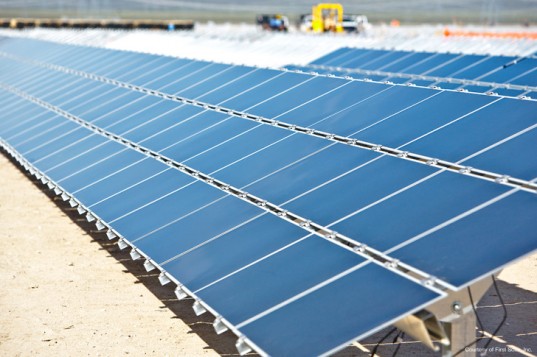With the construction of a new solar plant which will begin production of electric power by January 2016, Kenya is making bold moves to bolster and harness its solar energy potentials. In the near future, solar power may play a very prominent role in the energy matrix of the East African country which has, hitherto, focused on geothermal, hydropower and wind sources.
According to a statement from an independent power producer Greenmillenia Energy Limited (GEL), the plant, which would be built in the Isiolo county in northern Kenya, will have a total power output capacity of about 40 megawatts (MW) thus delivering reliable and predictable power to the national grid at a fixed price for a minimum of two decades as well as providing other socioeconomic benefits.
“This project represents a sustainable renewable energy investment, which allows both (GEL) and the government of Kenya to take a lead in the global clean energy revolution. It sends the right signals for clean energy investments in Kenya,” said Bartholomew Simiyu, GEL’s advisory director.
Once operational, the plant will help facilitate the country’s target of generating 5,000 MW from all energy sources by 2018. It is expected that the solar plant will surpass all others in East Africa in terms of power output. Costing about $86 million to build, the plant will be financed by the Export-Import Bank of China, with the African Development Bank possibly coming on board later.
“The company has presented the required technical, environmental and financial assessments to the government, and has acquired a generating license from the Energy Regulatory Commission (ERC). Local communities would benefit from jobs for those with construction and engineering skills, and neighbouring villages and public institutions would gain access to electricity, expanding their opportunities,” Simiyu said.
Studies from the Kenyan Energy Regulatory Commission suggests that the solar energy route is a sustainable one as the country receives some 4 to 6 kilowatt hours of sunshine per square meter every day; however, all present solar devices only tap a paltry 20 MW of power which, according to the ERC, is less than 1 percent of total solar energy potentials.
As the climate shifts in unpredictable ways, a diversified energy mix can help the African continent in much the same way as a diversified economy helps every other country in the face of unexpected economic fluctuations. Therefore, more African states should seek to harness the very natural solar radiation potentials present in virtually every part of the continent as this is a credible solution to bridging the power gaps seen across the region.
By Emmanuel Iruobe








